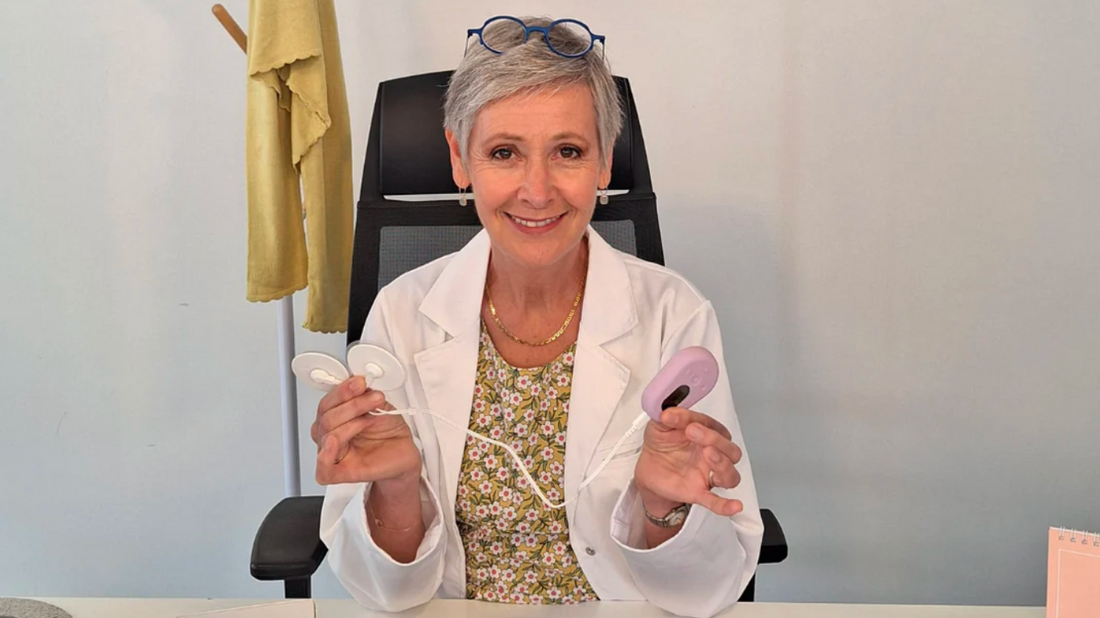Where do the rules come from?
Contrary to popular belief, menstruation is not a simple process of the uterus filling with blood and subsequently emptying. Instead, it involves changes in the endometrium, the tissue lining the uterus. The endometrium thickens during the cycle, with vessels forming, and sheds around the 28th day, resulting in what is commonly known as a period. Painful periods are often attributed to three mechanisms.
-
Uterine Contractions: The uterus, being a muscle, can cause discomfort when contracting intensely, similar to a calf cramp.
-
Inflammatory Phenomenon: Menstrual pain is linked to an inflammatory process involving the secretion of prostaglandins. Anti-inflammatories can be effective in alleviating this aspect.
-
Subjective Pain Perception: The perception of pain varies from woman to woman, influenced by individual mechanisms and brain processing. Analgesics can play a role in modulating this aspect.
Endometriosis and its Impact:
Endometriosis, affecting up to one in ten women, involves the development of endometrial-type tissue outside the uterine cavity. This condition can lead to painful periods, cysts on the ovaries, and inflammatory reactions causing chronic pain and adhesions in the pelvic region. Early diagnosis and comprehensive management are crucial.
Managing Endometriosis:
With uncertain causation, endometriosis is treated symptomatically. Pain relief often begins with medications such as oral contraceptives or continuous progestins. For more severe cases, LHRH analogues and laparoscopic surgery may be considered, the latter being performed by specialists in endometriosis.
Seeking Medical Attention for Painful Periods:
Women experiencing persistent and intense menstrual pain should consult a doctor to rule out underlying conditions like endometriosis, a common yet often undiagnosed disease.
Methods of Relief:
Various methods can help alleviate menstrual pain. Traditional approaches like hot water bottles remain effective, while analgesics such as paracetamol provide relief. Non-drug methods, like transcutaneous electrical nerve stimulation (TENS), offer an alternative. TENS, as exemplified by Livia, works by manipulating the nerve signals responsible for pain perception.
Understanding Neurostimulation:
Neurostimulation, not a new concept, involves sending small electrical stimulations to deceive pain nerves. This process, rooted in the gate control theory, closes the "gate" for painful sensations. Additionally, stimulating nerves prompts the release of analgesic substances, such as endorphins. Neurostimulation appears to be a combination of these functions, primarily acting as a gate control mechanism.

Doctor Odile Bagot

